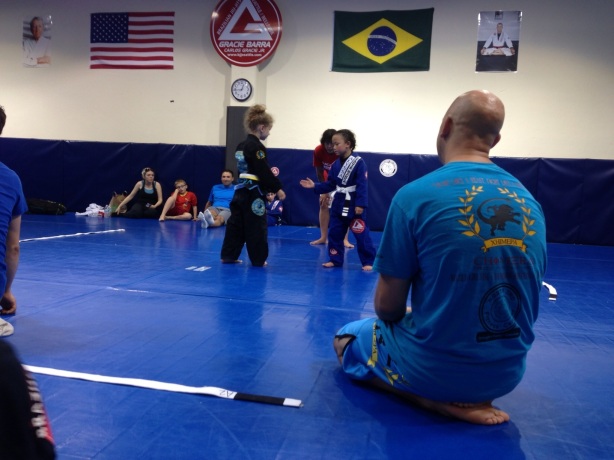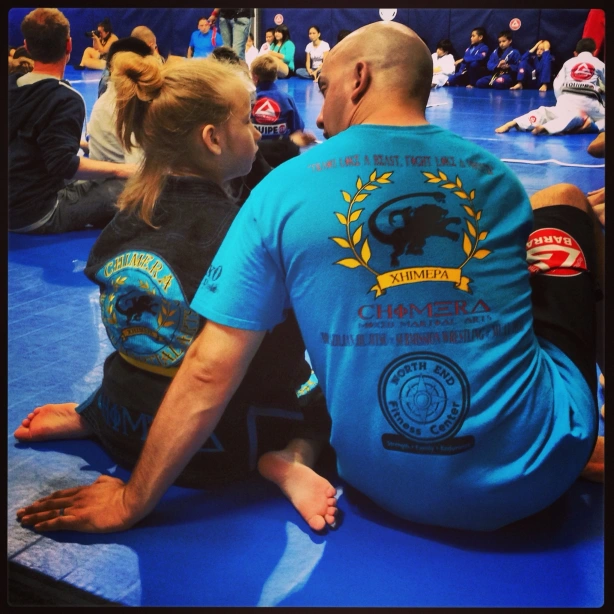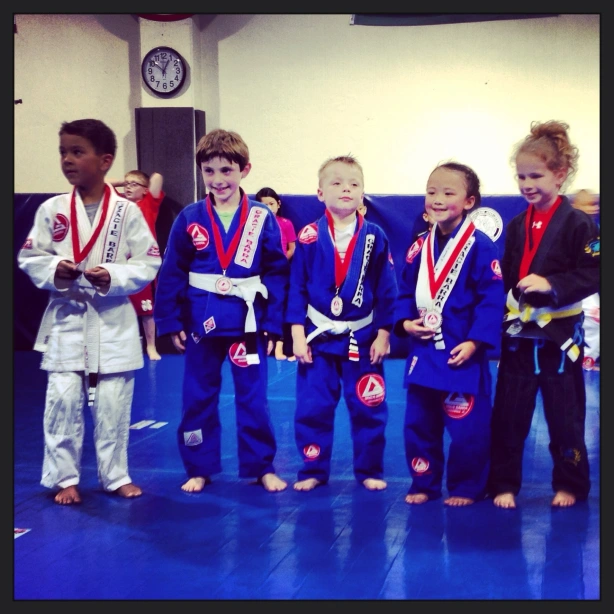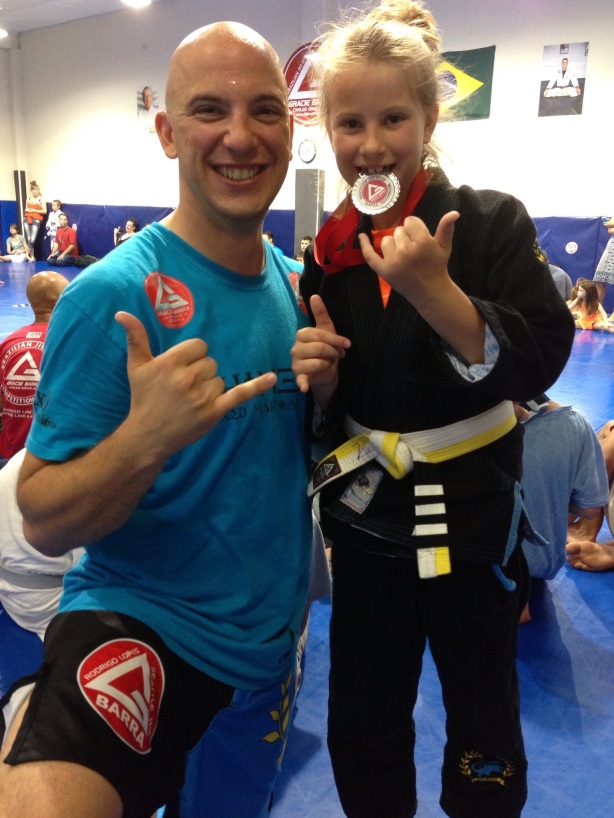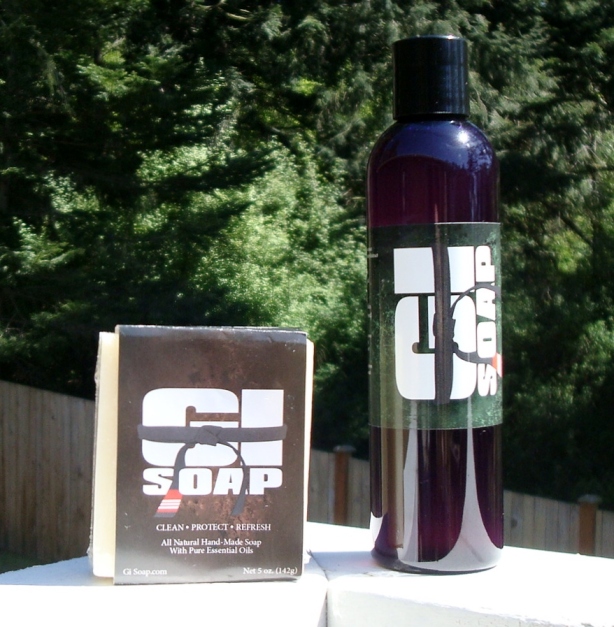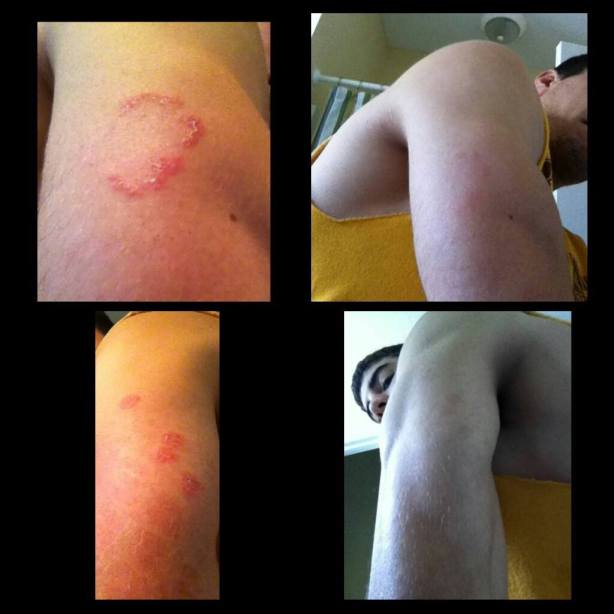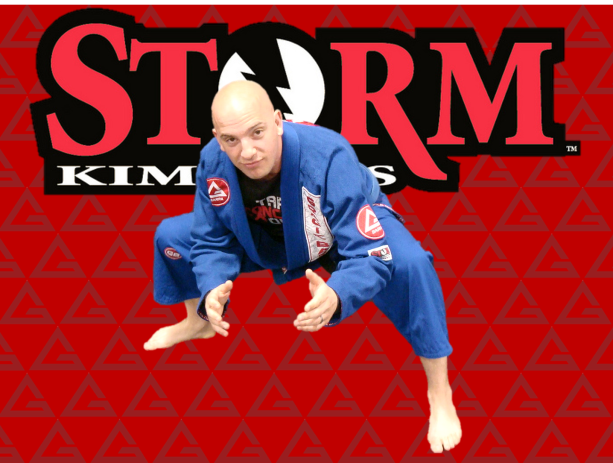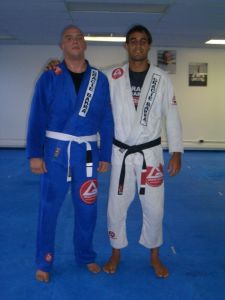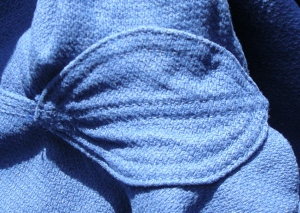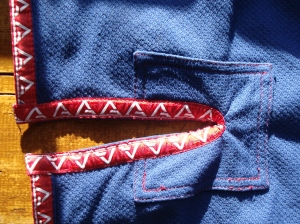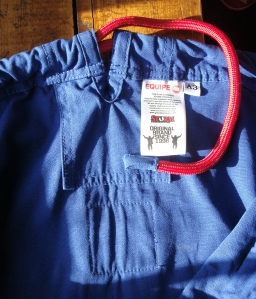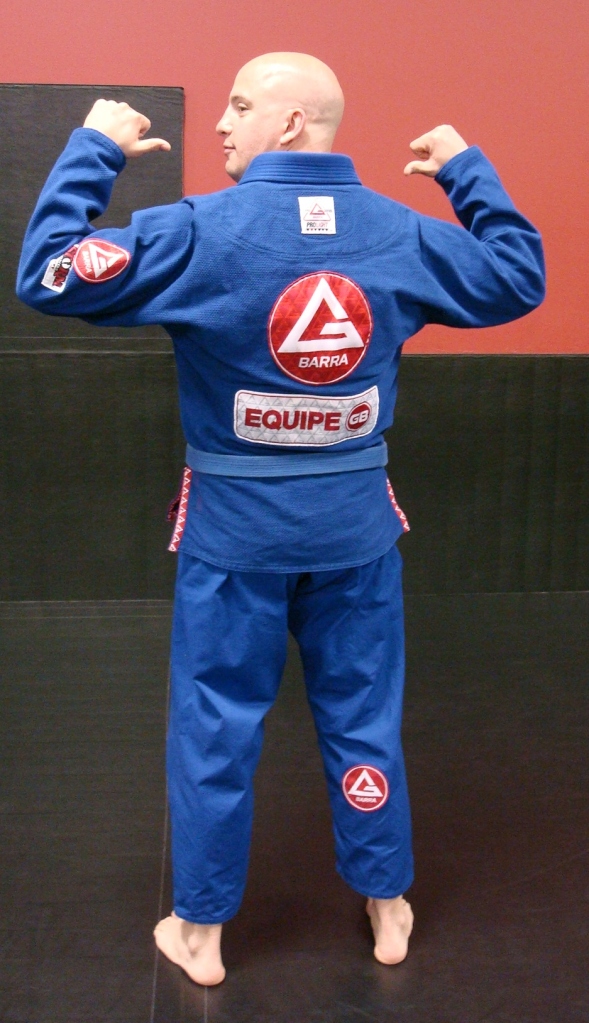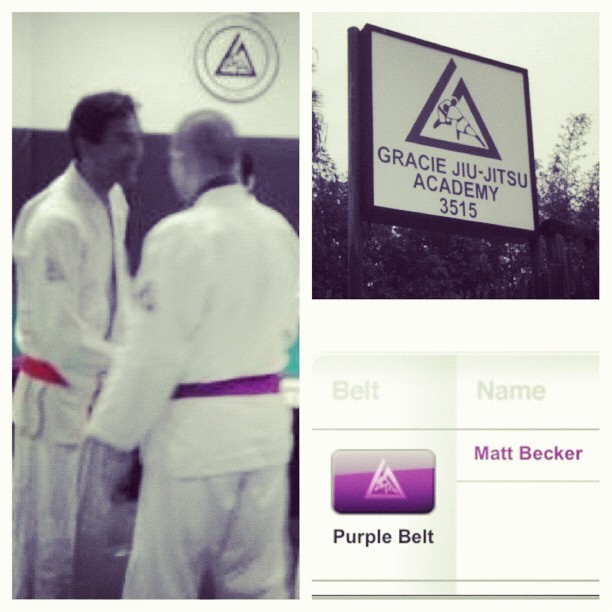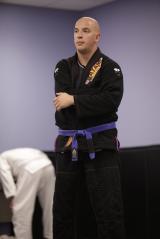It started like so many classes before it. Warm ups, good technique and finishing with drilling. In our fundamentals class we were covering guard pulls. We practiced the standard foot in the hip guard pull and then drilled it. We then drilled jumping guard, where the bad guy bases down and the good guy drilled jumping to guard, reversing sides each time.
Class was over. I had been busy at work and had been off the mats for a while and wanted to get some rolls in. We had a new student who had just started the day before. I was told that he was a natural. He was physically fit and moved well. My coach told me to roll with him a little bit before he took off. I didn’t have too much trouble with him and I had easily managed to arm bar and triangle him in the first few minutes. I was getting cocky. I was doing what I wanted with him and I wanted to practice some side-control and half-guard escapes so I let him pass to side-control. He tied me up in a half-nelson and held me there. He was strong and I couldn’t get away. Well shit. Now what? I figured I’d tap because he was stalling and I wasn’t escaping. Of course, as is the nature of things, that’s what my coach managed to see and called me out for tapping to the new guy who was on day 2 of his training. Dammit. Now I have to prove something. I’m a blue belt and I’ll be damned if thats what my coach sees before I leave for the night. I knew I could smash this kid and I was going to prove it.
We started again. He started standing, his feet squared to me, slightly squatting with his hands looking to control my legs so he could maybe shoot to side-control or mount. Typical wrestler. I stayed in a combat base. I leaned forward slightly reaching with my right hand for his left leg. I wanted him to step back and he did. As his weight was shifting back and away I stepped in for a single leg pick and got it! I had him right where I wanted! Stepping up and looking to drive my weight to the right for the take down he jumped to pull guard. Smart man. He didn’t know much but he was smart enough to recognize an opportunity to execute what he just learned in class. Like I had been told, he was a natural.
Unfortunately for me, I had leaned too far forward looking for the leg pick. I also kept my head down, instead of looking up, which is a problem I consistently have. It keeps my neck safe but it makes my single leg take downs sloppy. Since I was top and forward heavy I wasn’t able to adjust my footing when he jumped to guard and my heel wedged between his butt and the mat, forcing my knee to carry his weight when he jumped. It didn’t. My knee buckled popping out of place. My patella dislocated, allowing my knee to bend in all kinds of wrong directions. My LCL tore and my hamstring was hyperextended. As we continued to collapse and roll my patella relocated itself and my knee painfully returned to its original position.
As I laid on the mat, writhing in pain, my knee swollen, and a new Brazilian Jiu Jitsu student watching in deep concern I learned many, many lessons. First, I’m getting a little old. 30 may be the new 20 but I ain’t the 20 year old I used to be. I have to learn to roll smarter, use my brain and good technique. i also need to work to correct my sloppy skill set.
Second, leave your ego at the door (sound familiar?). Just because I think I may be better than the new student, doesn’t mean I have to prove it. Proving I can tap a white belt with 2 days of training doesn’t actually prove anything, either. I didn’t respect my opponents ability. I figured he was new and I was in complete control of the situation. I figured the guy wearing the loaner gi was not a threat to me. I was wrong.
Third, my team was there for me. They took care of me. They elevated my leg and iced it. They carried me to one of their cars and drove me to the ER. They checked on me in the hospital. They came back and picked me up and took me back to the gym to get my car. They called and texted the next day wishing me well and checking up on me.
I managed to dislocate my knee, tear my Lateral Collateral Ligament (LCL), strain my Medial Collateral Ligament (MCL) and strained my hamstring. I think it was probably the most painful experience my body has had to physically endure.



